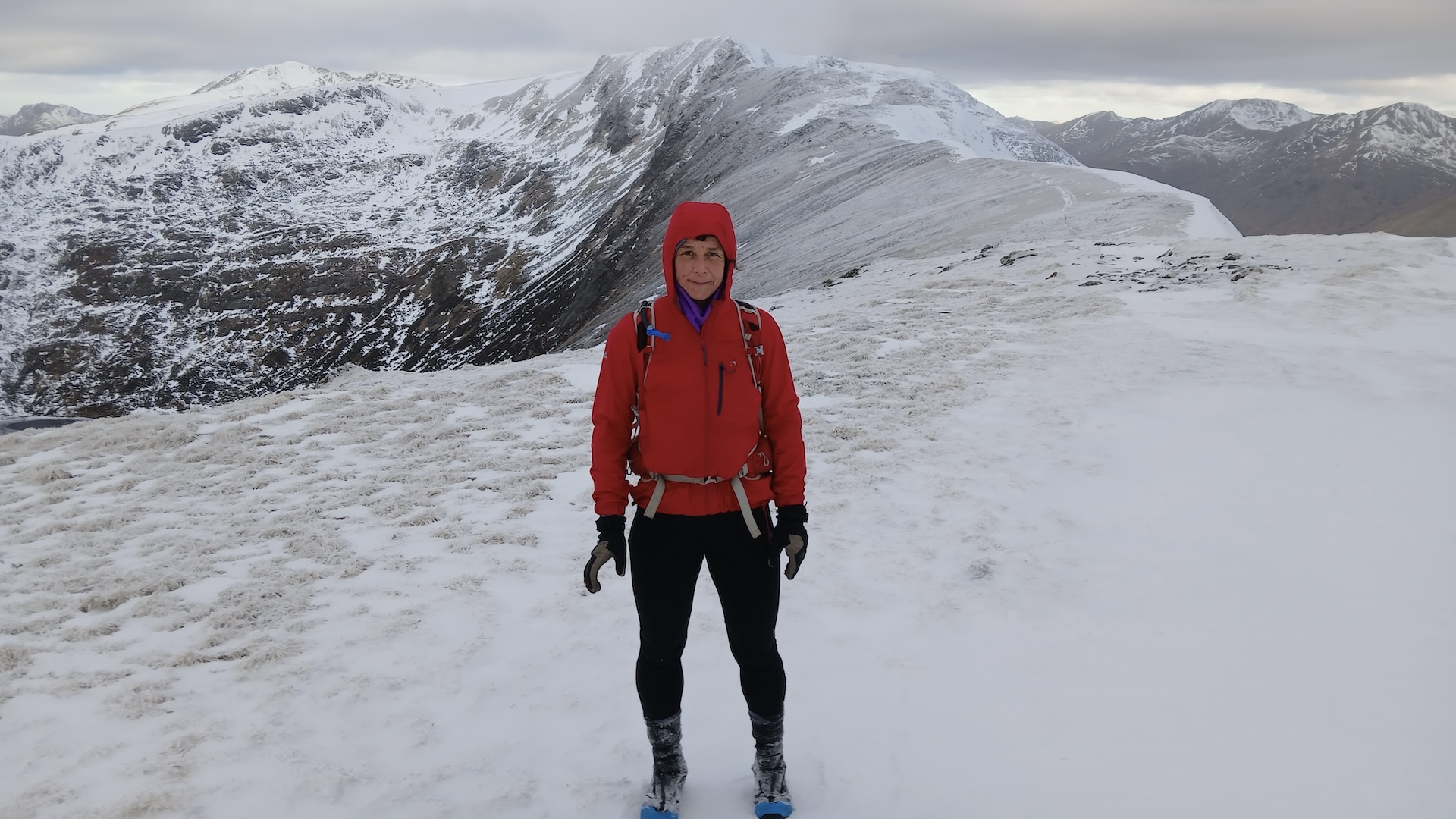Hiking on a budget: 8 hacks for cost-cutting on the trail
Our tips for hiking on a budget cover saving on gear, meals and transport so that you can cutback on your outgoings, not your adventure
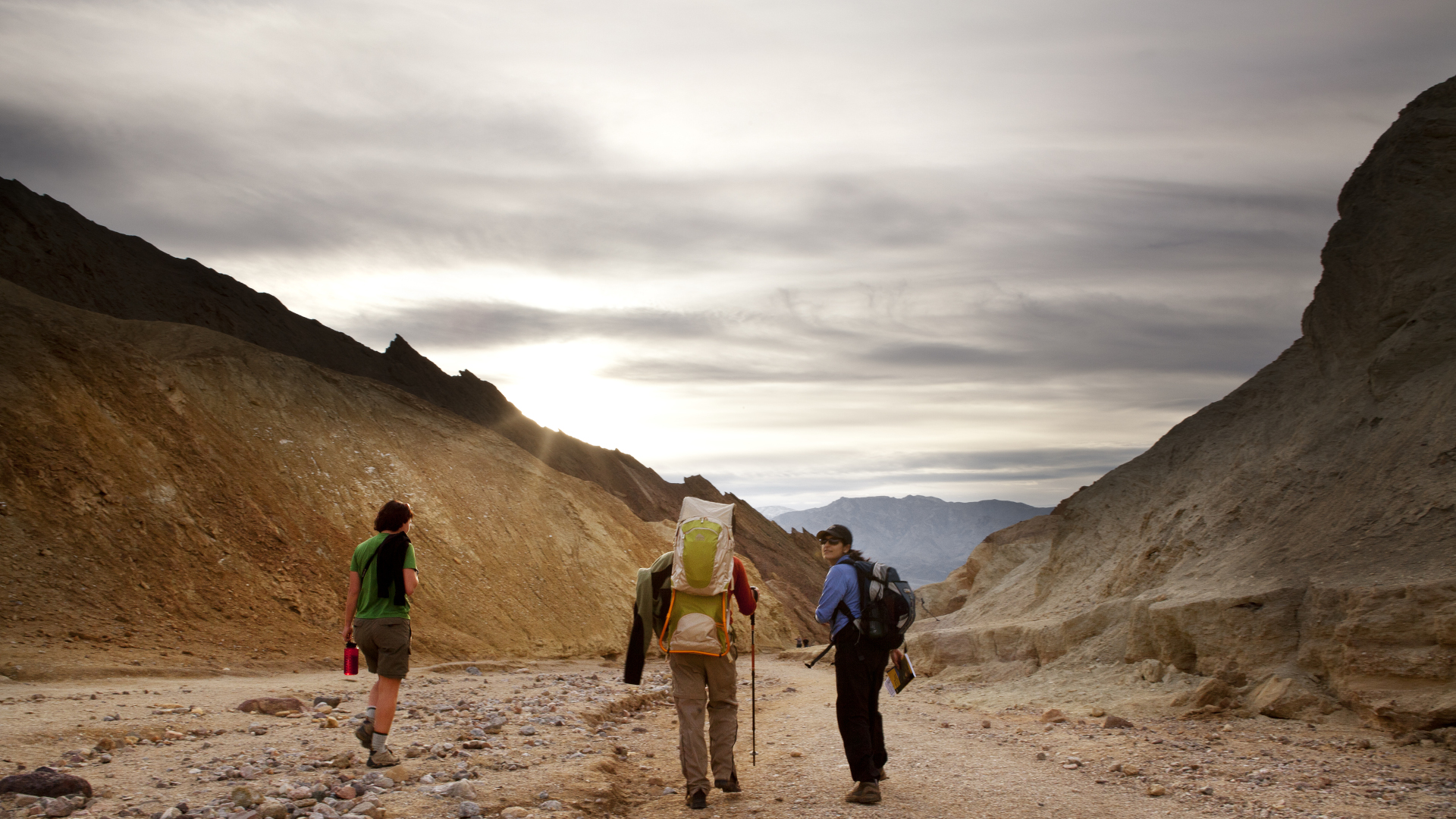
Compared to, say, yacht racing or vintage car collecting, hiking is a pretty affordable pastime, but there are still costs involved when it comes to getting out in the hills, especially when it comes to gear and transportation. If you’re naturally budget conscious, looking to stretch your savings, or feeling the crunch of economic downturn, you might be looking for ways to get into hiking without breaking the bank. Our guide to hiking on a budget offers eight practical, cost-saving measures you can take to reduce your financial investment without losing the returns of spending time in nature.
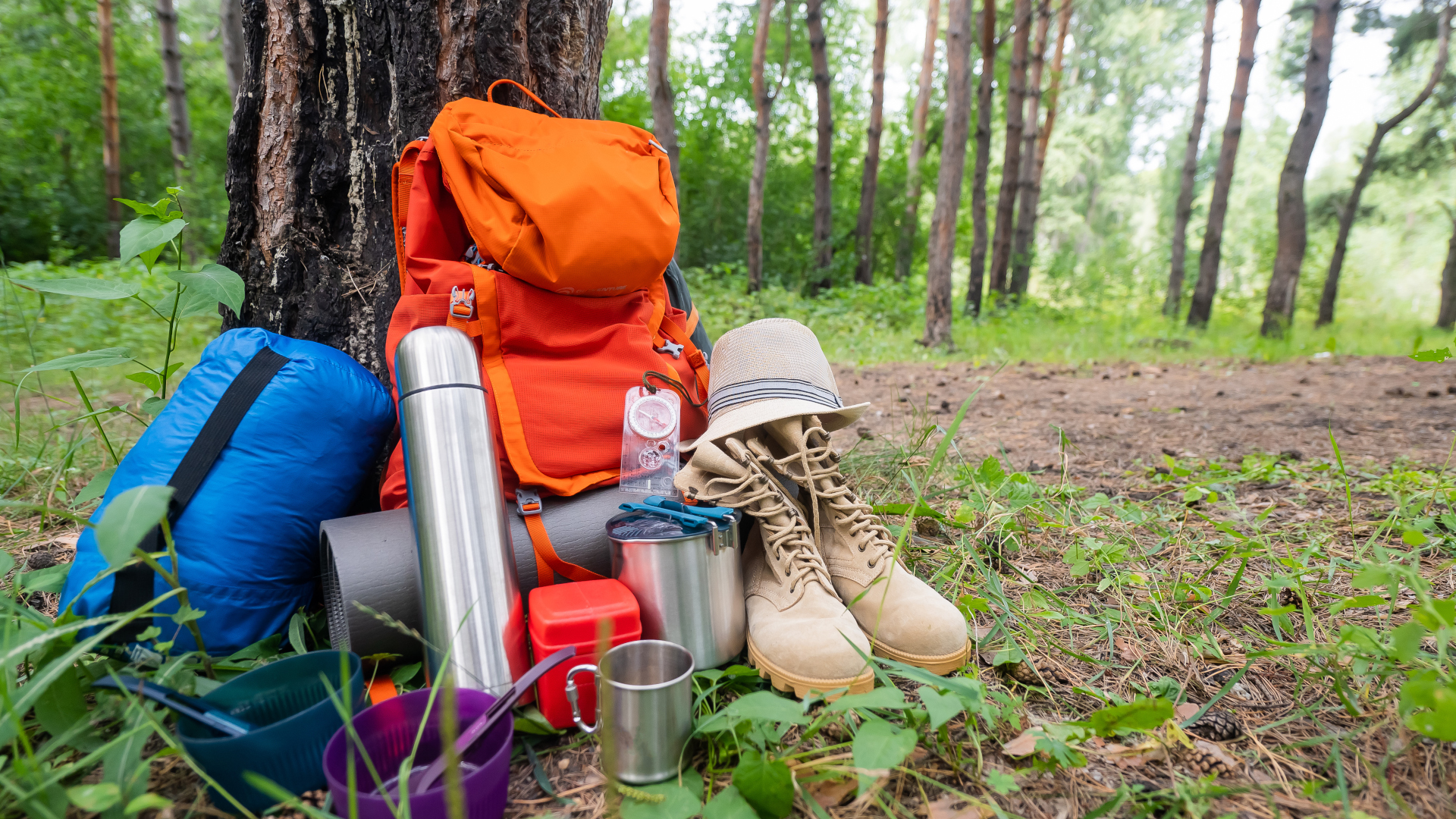
1. Buy used gear
Unless you’re regularly booking hiking holidays in Bora Bora, gear is hands down the priciest part of hiking and if you’re just getting started, the list of hiking essentials can be pretty eye-watering. One of the best ways to build your kit without breaking the bank is to buy gently used gear.
The most expensive items in your kit are likely to be your hiking boots, backpack and waterproof jacket, and while we’d recommend checking out our guide to the best budget hiking boots rather than wearing a pair molded to fit someone else’s feet, you can definitely save on your pack and jacket by buying them second hand.
Outdoor gear brands and outlets are starting to come around to the idea of selling used gear (REI, Patagonia and Peak Design, to name a few) and individuals are often selling off their old gear online. In the UK, where charity shops selling second hand gear are everywhere, we recommend going to hiking-centric places such as Kendal in the Lake District, and Fort William, the northern terminus of the West Highland Way in Scotland – you’ll be amazed at the volume of high end, gently used gear you can find at low prices.

2. Shop the sales
Even if you’re in the market for new hiking gear, you don’t have to pay full price for it if you’re willing to exercise a bit of patience. Most brands and outlets start discounting their hiking gear in the fall, towards the end of hiking season. Black Friday is an excellent time to pick up some quality gear at a deep discount, and Advnture keeps an eye on Black Friday hiking deals for you in real time.
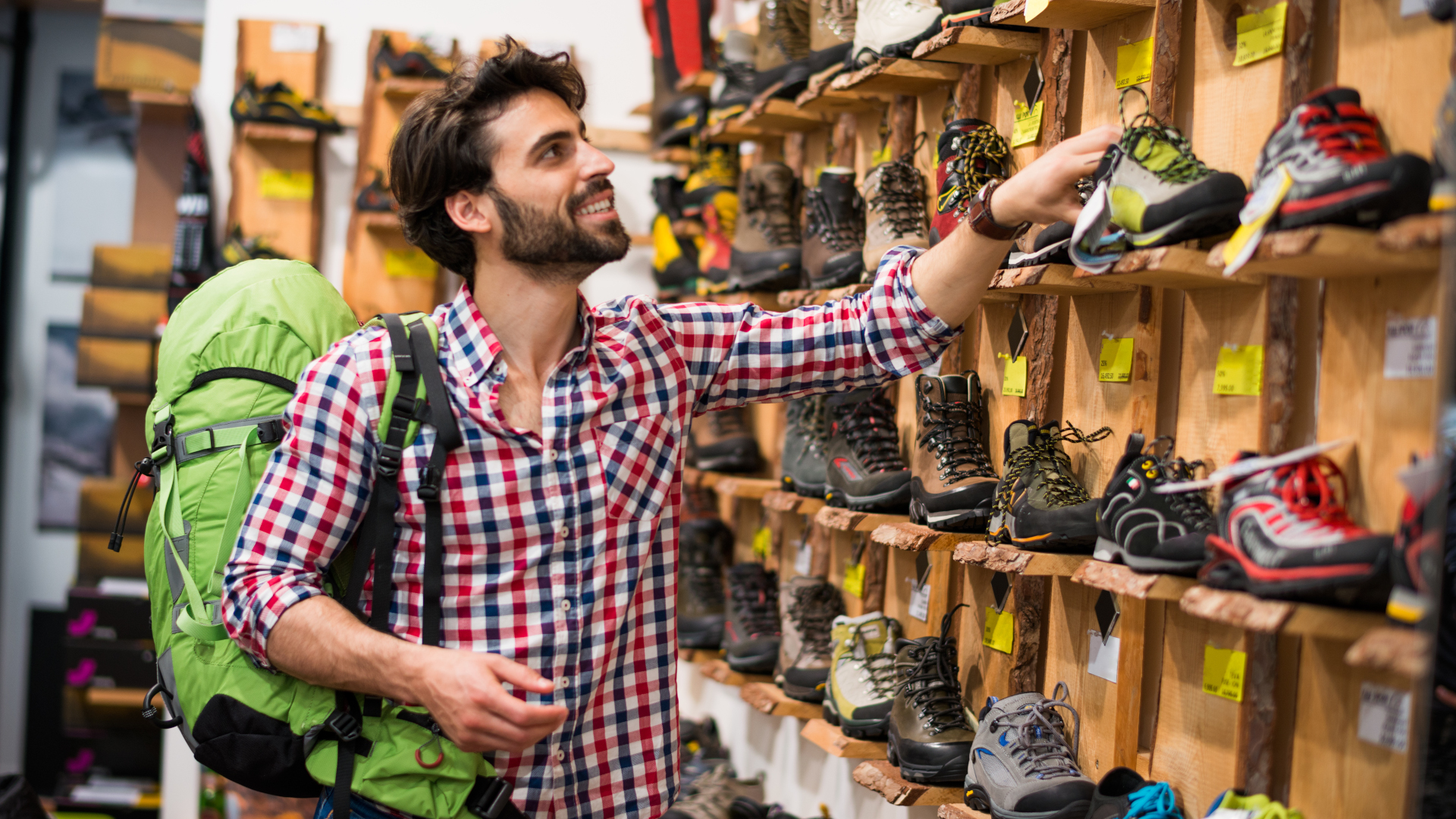
3. Rent gear (occasionally)
Though we don’t recommend renting gear every time you go for a hike, if you know you only need something occasionally, like a tent or a bothy bag, you can rent these items from gear shops and even brands like Rab. Clearly in the long run, if you’re going to use an item much more than once, owning it is better, but renting is great for a one-off adventure or to test gear before you buy.

4. Care for your gear
Shopping second-hand and in the sales are good short-term solutions to saving, but thinking long-term, one of the best things you can do to balance your hiking budget is to take really good care of your gear. If you trash it, you’ll have to replace it quicker and over the years you’ll end up spending a lot more, even if you're buying each item at a discount. We’ve got loads of great guides for caring for your gear to increase its shelf life – here are just a few to get you started:
Advnture Newsletter
All the latest inspiration, tips and guides to help you plan your next Advnture!
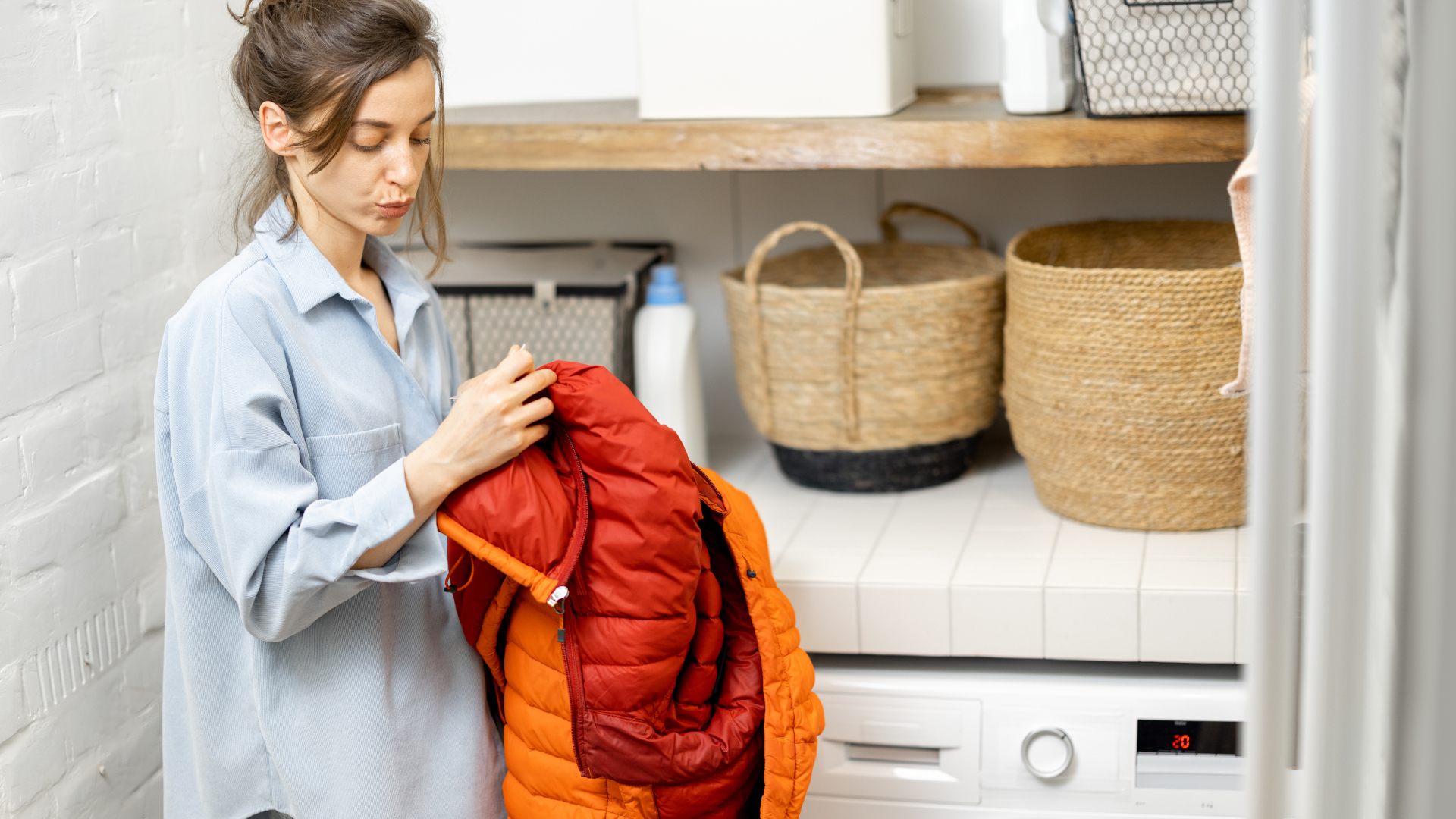
5. Ask for gift certificates
One more gear tip is to ask for gear as gifts. When your birthday or Christmas is rolling around, let your loved ones know which items you’ve got your eye on, or ask for a gift certificate to an outdoor retailer. You can always send them our guide to the best gifts for hikers if they’d rather pick something out themselves.

6. Pack your own lunch
Hiking can also get expensive if each outing revolves around a slap-up meal at a restaurant. We’re not here to tell you that you shouldn’t celebrate your hiking successes with a juicy burger or a cup of tea and a scone, and in fact, it’s important to support the local communities that you visit when you adventure, but this approach can definitely rack up the bills. For a thriftier approach, plan ahead and pack a picnic and some tasty hiking snacks.
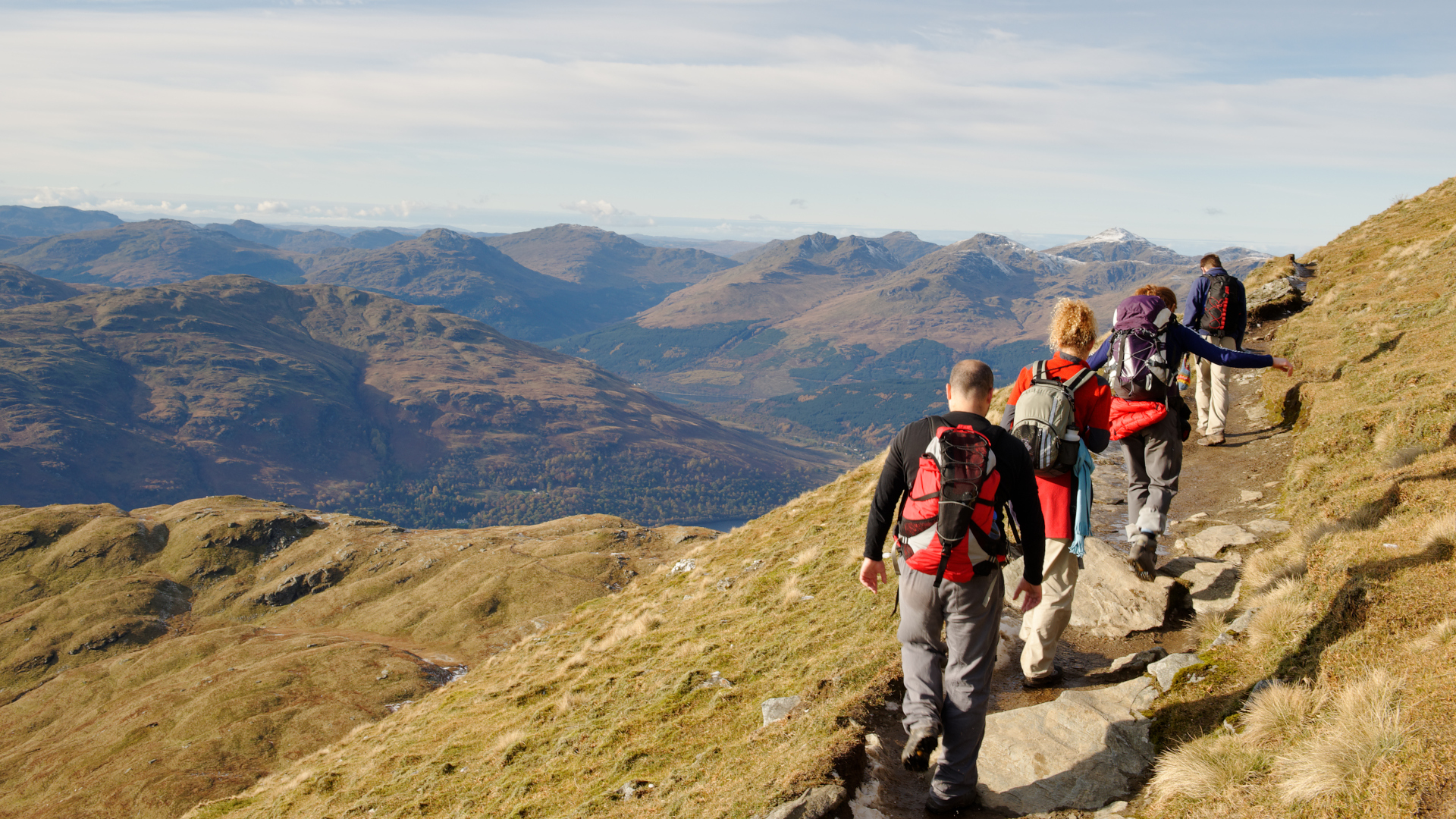
7. Hike with friends
The benefits of hiking with friends go beyond safety and camaraderie – it’s a great way to share some of the costs of hiking. With a car full of people, you can split the cost of a tank of gas four ways and in doing so, you might be more willing to go further afield and see some new sights.
You can also coordinate your lunch so that everybody doesn’t have to buy a whole loaf of bread and a packet of sandwich meat just to make one sandwich; instead, arrange for one person to take care of the sandwiches and another to handle beverages and snacks, for example. If your friends aren’t into hiking, look on social media for hiking groups in your area.
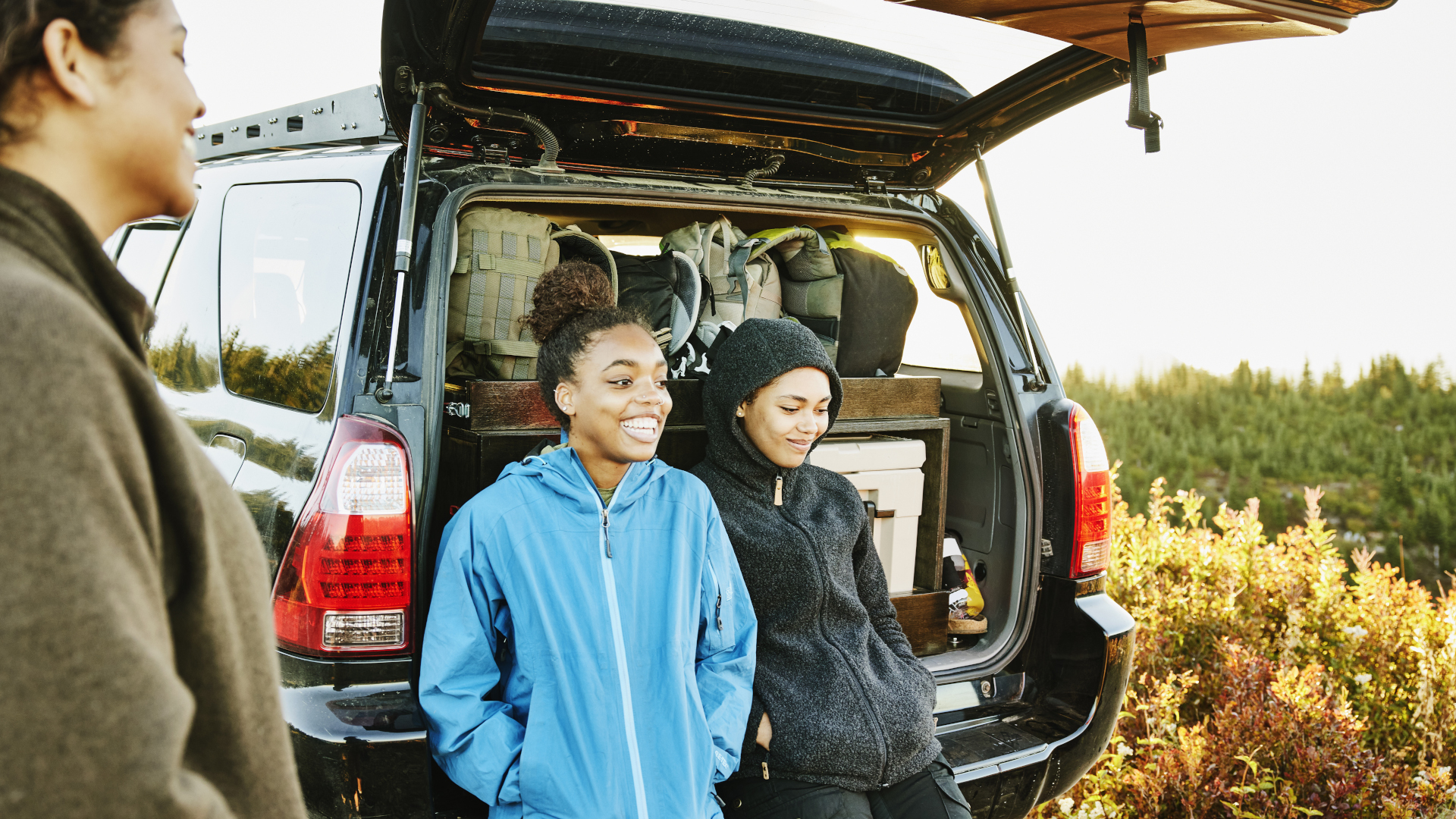
8. Use public transport
There’s no doubt that it’s often easier to reach the trails you want to access with a car, and as we already mentioned, ridesharing reduces that cost. But in lots of places, great hiking areas can be well-served by train and bus, though it might take a bit of research to find them. It can be easier to search for hikes in your area that have public transport links to or near the trailhead, rather than picking where you want to hike and then trying to figure out how to get there. You won’t be able to get everywhere, but you’ll be surprised at the places you end up. National Parks such as Yosemite and Grand Canyon often have great free shuttle bus services, so if you can get to the park, a world of adventure awaits.
Julia Clarke is a staff writer for Advnture.com and the author of the book Restorative Yoga for Beginners. She loves to explore mountains on foot, bike, skis and belay and then recover on the the yoga mat. Julia graduated with a degree in journalism in 2004 and spent eight years working as a radio presenter in Kansas City, Vermont, Boston and New York City before discovering the joys of the Rocky Mountains. She then detoured west to Colorado and enjoyed 11 years teaching yoga in Vail before returning to her hometown of Glasgow, Scotland in 2020 to focus on family and writing.

